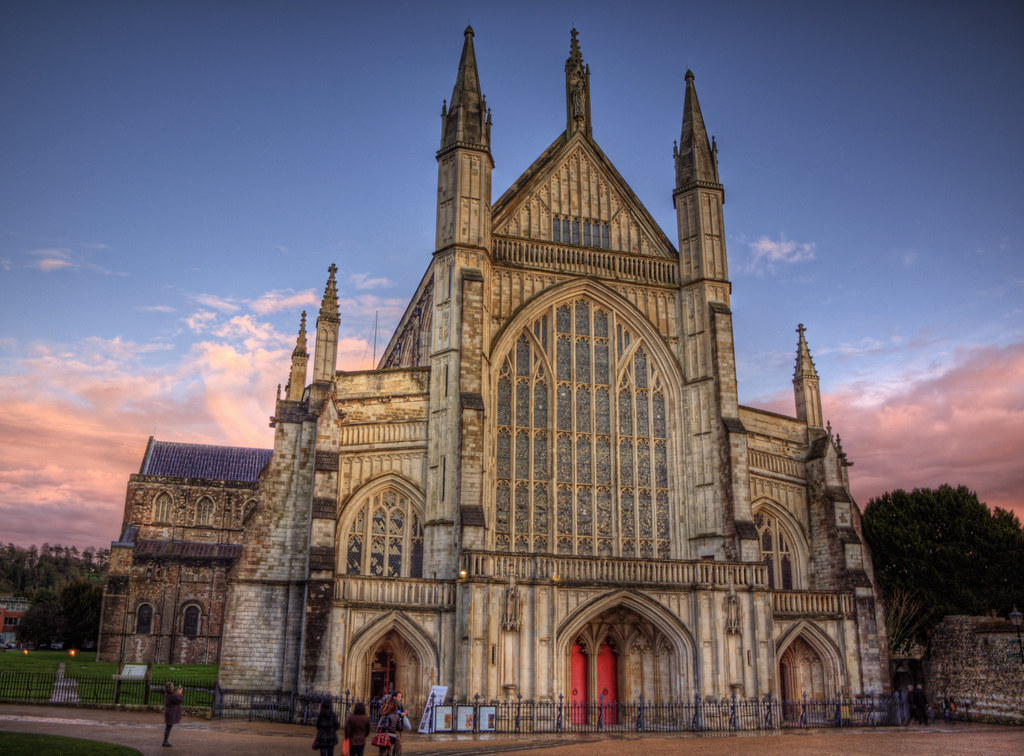City Council provides concise, non-technical overview so that owners can make historical buildings more energy efficient and reduce CO2 emissions.
Local authorities across the UK are working to make buildings more energy efficient. This saves money in the long run for owners and occupiers, as well as being better for the environment. New builds must meet ever more stringent standards to make them as green as possible but things are more complicated with older buildings.
For one thing, historic buildings provide a lot of the special character and sense of place of an area. The historic environment is also a key attraction – whether to residents, businesses or visitors. Listed buildings, conservation areas and non-designated heritage assets are all means by which we protect these important, long-established features of our modern lives.
But there’s another reason we need to be careful about modifying such buildings. Generally, buildings are considered ‘historic’ if they’ve been constructed using traditional methods allowing air and moisture in and out. Such buildings, which are usually 50 of more years-old, are said to ‘breathe’.
Modifications that then prevent such a building from breathing can do series damage – to both the structure and people inside it.
This is one reason that energy-efficiency upgrades to buildings that are listed, or located in a conservation area, can be subject to more complex planning restrictions than modern structures. ‘A new guide to making your historic building more energy efficient’, published by Winchester City Council sets out, in straightforward style, the likely permissions needed for different types of work.
In launching the guide, the council gives the example of planning support provided to the owners of a Grade II listed building at 12 St Swithun Street in the city. This dates back to the mid-17th century, one of many of a similar vintage in the area, but with the notable feature that its rear wall was built into the remains of the city’s 3rd century Roman walls.
This historic house now boasts some of the latest tech, with solar panels, draught proofing and secondary glazing all installed. With the assistance of the council, consent was granted for substantial insulation works to the ground floor, walls and roof. The material used was carefully chosen to significantly improve the thermal insulation of the building, protect historic features, while avoiding the build-up of damp.
The guide means more owners of historic buildings can benefit from such improvements. From page 7, the guide details tech matters relating to heating systems and energy generation: smart heating controls; replacement gas, oil or biomass boilers; roof-mounted solar panels (photovoltaic or thermal); freestanding solar panels; wind turbines; air source heat pumps; ground source heat pumps; battery storage; and electric vehicle charging points.
For each of these, information is provided on whether this requires listing building consent and/or planning permission, as well as the council’s view.
Cllr Jackie Porter, Cabinet Member for Place and the Local Plan, says: ‘Improving the energy performance of buildings across the district is a big part of the council’s ambitions to be greener faster and become a carbon neutral district by 2030 – our district’s many fantastic historic buildings are no exception.
‘I know many people feel that it can be difficult to upgrade historic buildings, but with the right advice and expertise, it’s possible to implement energy efficient measures while still preserving the historic character of the building.
‘I’m very pleased to see the publication of this guide, it helps explain and simplify what work is likely to be possible depending on the building itself or its location. It’s a win-win situation – reducing energy bills and our impact on the environment.’
In related news:
https://infotec.news/2023/06/23/power-to-the-people-from-solar-punk-collective-in-walthamstow/














Leave a Reply